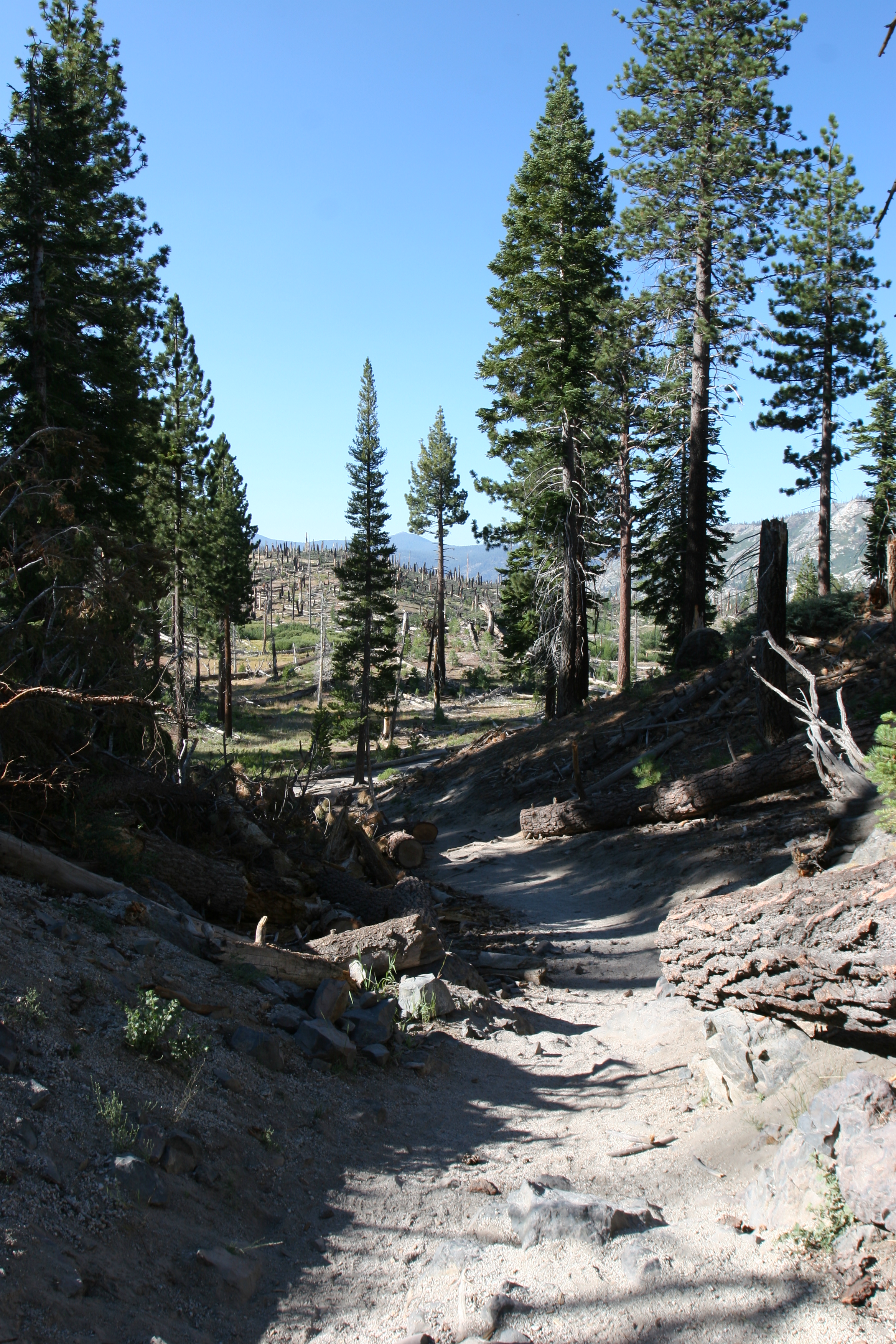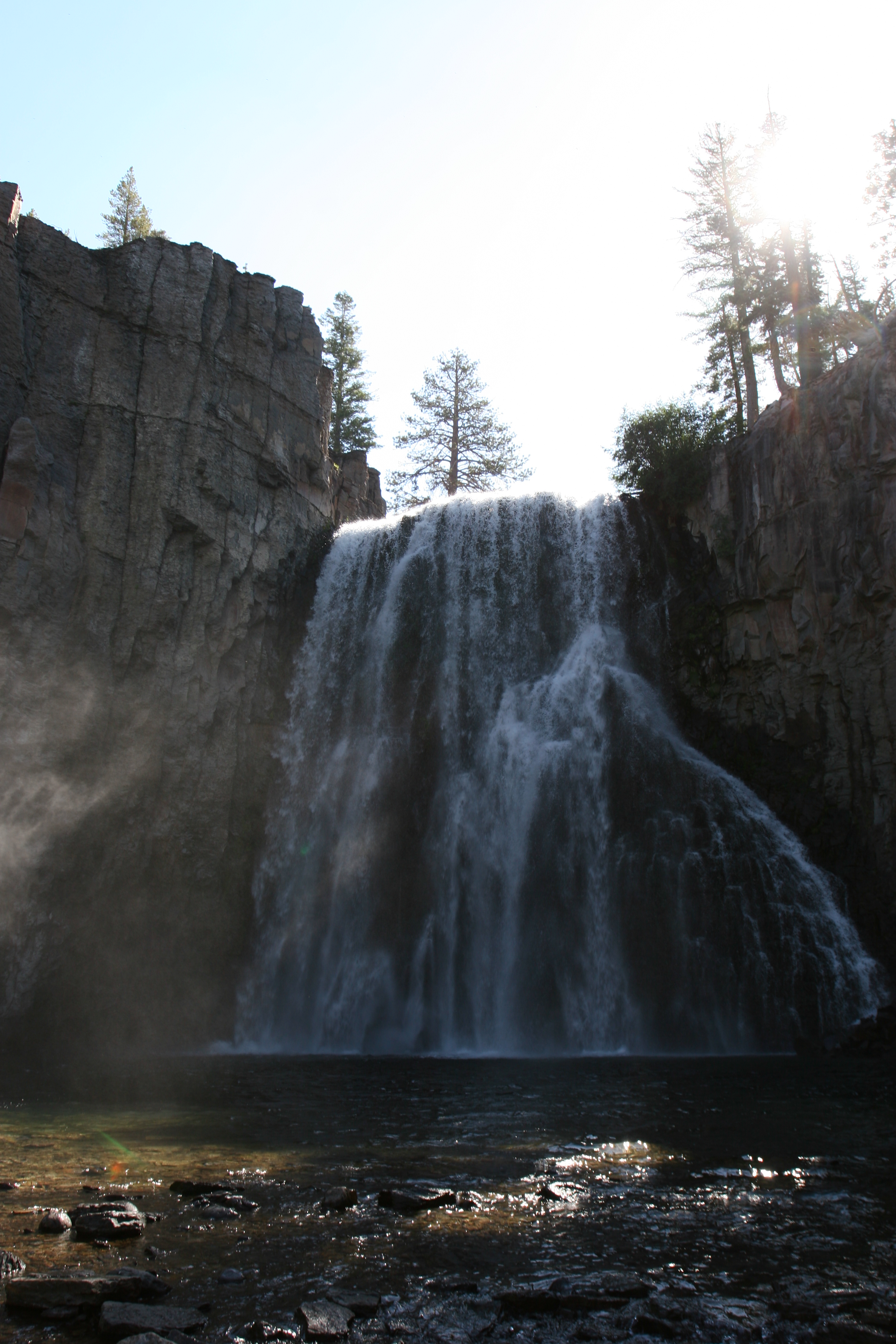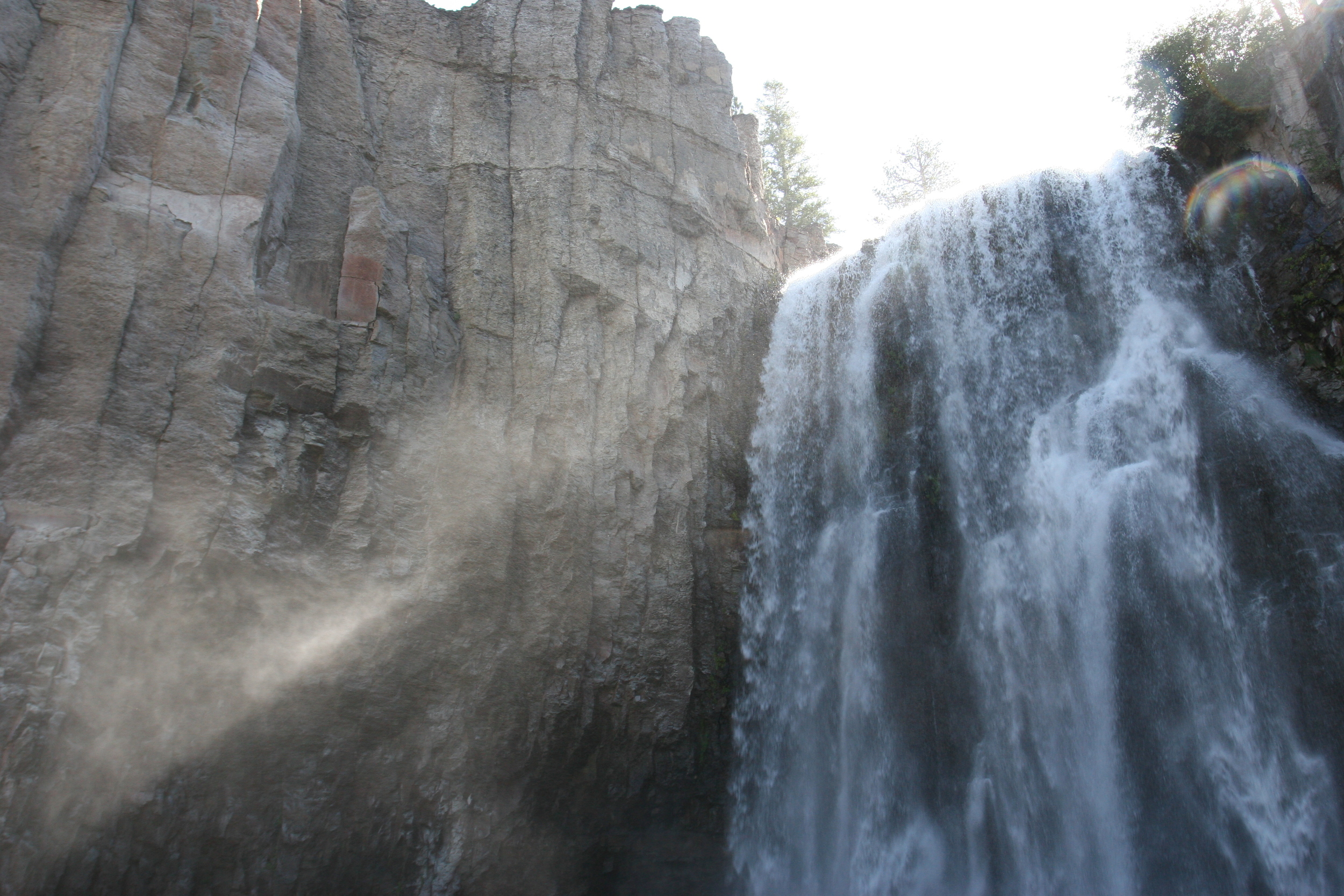When I was working at Yosemite, a lot of evenings were spent with my fellow rangers discussing places. A typical conversation would start with some variation of: “Have you been here/seen this/experienced this/climbed this/skied this/done this”, and would invariably be followed with: “No?!?!?? Well you have to go there!” After a week of these conversations, I had to-do list that was impossible to accomplish in one lifetime even if I began to travel the world non-stop. During my second week on the job, my boss came up to me while I was cooking dinner and said, “If you like remote spots in the Sierras, you should check out Devils Postpile National Monument, and if you have any visitors that want a remote spot, you should send them there.” I don’t remember what I said back, but I filed it away, and then when I was in my geology class where I learned about the Devils Hole, I again heard about Devils Postpile, and marked that mental note with an asterisk as something I really, really needed to see.









I recently made it out to the Devils Postpile, and here’s what I have to report: it is indeed something you need to see. My former boss was right: this is an area that is remote and lesser known than its bigger cousin, Yosemite. I say “lesser known” because I am well aware that it is directly outside of Mammoth. This is not something that should dissuade you from visiting: even though it is directly outside of Mammoth, it is still tucked away in its own corner of the Eastern Sierra. Also, in this case, being tucked away next to Mammoth is a good thing: there are well signed parking areas for the park from which you will take a shuttle into the park during the summer months. While Devils Postpile is named for the amazing geologic feature of the park – the columnar basalt “piles” that formed over one hundred thousand years ago from cooling lava, and the basalt is amazing to see, I think the best day hike in the park is the hike to Rainbow Falls.
Directions: From Mammoth Lakes, follow Highway 203 for ten miles until you reach the entrance station to the National Monument. If you are visiting the Monument during the summer, there is a high chance that you will be taking the shuttle bus that travels through the park. Do note that because of the high elevation of Devils Postpile, the park is usually only open from mid-May through mid-October. If, however, you are camping in the park, you are able to drive in, and around the park, even during the summer months. If you’re taking the Shuttle, you’ll want to get out at Stop #9 – the Rainbow Falls Trailhead.
From the trailhead, it is 1.3 miles to Rainbow Falls. The trail leaves the parking area/drop-off area and heads downhill through a forested grove of trees before leveling out at around .4 miles. At this point, the grove subsides, and you will be walking across a flat expanse that has stunning views of the surrounding Sierra Nevada mountain range. Unfortunately, these views come at a cost: the area used to be forested just like the beginning of the hike, but this section burnt to the ground during the 1992 Rainbow Fire, and was damaged again in 2012 from a large windstorm that swept through the park. Despite these disasters, the area is recovering nicely, and there are lots of young saplings that are growing in between the skeletons of their predecessors as the forest heals itself.
From .6 miles to .8 miles, the trail passes alongside the San Joaquin River gorge which also provides great views of the river below. At the mile mark, you will be directly above Rainbow Falls, which in my opinion is the most beautiful waterfall in the Eastern Sierra. The fall rises 101 feet above the San Joaquin River, and is a “classic” rectangular waterfall. An interesting fact about the waterfall is that the water is constantly eroding the rock underneath, causing the waterfall to recede further back into the gorge over an extended amount of time. While the view of Rainbow Falls is pretty amazing from the upper viewpoints, I highly recommend that you follow the trail the remaining .3 miles down to the banks of the San Joaquin River.
From this point, depending on conditions, you can either head out into the river and onto a sand/rockbar in the middle for excellent and stunning views of the waterfall from the river up, or if the river is running high, get a great view from the rocks at the base of the trail. Once you are done, it is 1.3 miles back to the trailhead and bus for a moderate 2.6 mile roundtrip hike, or you can add on additional distance to walk to the postpile itself and the Ranger Station beyond that. This hike is well signed, and well maintained, and is “popular” for Devils Postpile – which means that while you will see people on the trail, it is not overly busy, as the park is usually not that busy.
Tips: The water in the San Joaquin River is really really cold. The reason it’s really really cold is because it comes from snowmelt in the mountains, which feels good on a hot day, but probably will lead to hypothermia on a cold day, so bear this in mind should you decide to swim or wade around down below. Finally, if you’re adventuresome, and the current is not too strong, you can swim out to – and under the falls if you wish. If you decide to do this, I recommend two things: 1) keeping an eye out for items being swept over the falls; and 2) your own wet suit to stay warm, and because it’s unpleasant to share a wet suit with other people.
